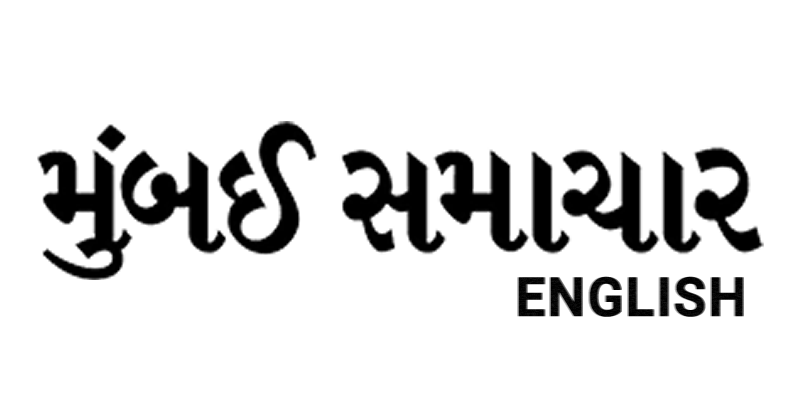Japan Earthquake Triggers Small Tsunamis; Advisory Issued After 6.8-magnitude Jolt

Japan witnessed a series of small tsunamis on Sunday, moments after a strong 6.8-magnitude earthquake struck the northern Pacific coast, prompting authorities to issue a tsunami advisory.
According to the Japan Meteorological Agency (JMA), the first wave reached Miyako in Iwate Prefecture at around 5:37 pm local time (0837 GMT). The wave was so minor that its height could not be recorded. Two minutes later, another tsunami measured at 10 centimeters was observed in Ofunato city, also in Iwate Prefecture. Public broadcaster NHK reported the wave was also detected at the ports of Ominato, Miyako, and Kamaishi.
A third tsunami wave, measuring around 20 centimeters, was reported along the coast of Kuji, according to NHK’s latest update. The JMA confirmed that a “tsunami advisory” had been issued for the Iwate coastline, cautioning residents to stay away from coastal areas as waves could strike intermittently for several hours following the quake. The advisory projected potential waves up to one meter high.
6.8-magnitude earthquake off Iwate coast
The earthquake, recorded around 5 pm local time, struck off the coast of Iwate Prefecture at a depth of approximately 10 kilometers (6.2 miles), the U.S. Geological Survey reported. The JMA added that multiple aftershocks with magnitudes between 5.3 and 6.3 followed the main tremor.
Also read: Fugitive Indian Gangsters Nabbed Overseas: Deportation Looms for Bishnoi-Linked Criminals
No casualties or structural damage have yet been reported. Authorities also clarified that operations at nearby nuclear power plants remain unaffected. Earlier in the day, the same region had experienced six smaller offshore quakes, between magnitude 4.8 and 5.8, none of which triggered tsunami advisories or caused significant disruption.
Minor transport disruptions, power issues reported
Train services in northern Japan temporarily halted as precautionary checks were carried out, the JR East railway operator confirmed. Kyodo News reported short-term power shortages in some localities after the quake.
Japan’s location along the Pacific “Ring of Fire” makes it one of the world’s most seismically active nations, sitting atop four major tectonic plates. The country experiences nearly 1,500 earthquakes annually. Experts say tremors of this level are not uncommon, though memories of the catastrophic 2011 earthquake and tsunami which caused widespread devastation remain deeply etched in the nation’s collective memory.




